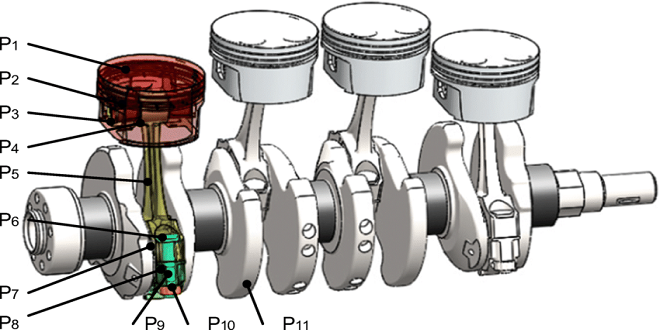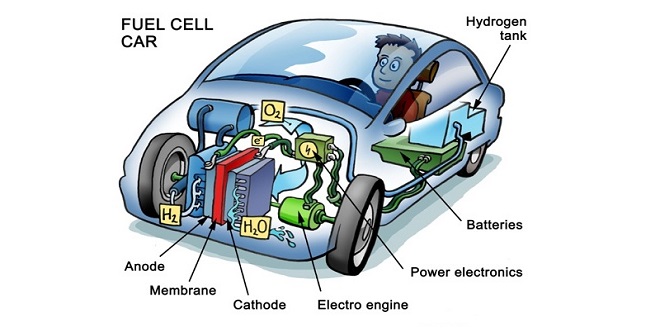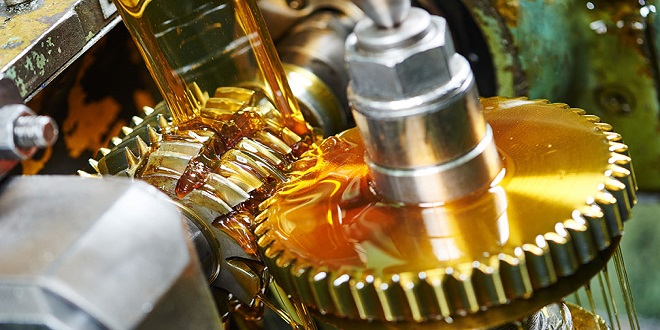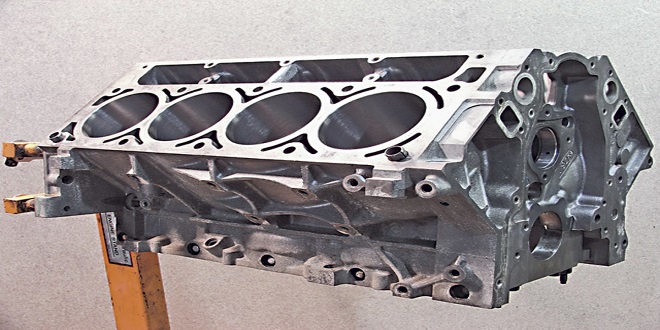Piston and Rings, Connecting Rod, and Crankshaft Design

Piston and Ring Design
There are two main metals from which a piston is formed. The first is cast iron, which is used in heavy-duty diesel applications. The second is an aluminum alloy which is used for the majority of pistons in automobiles. These aluminum alloy pistons may be produced through forging or casting. Forged pistons are considered stronger than cast pistons, however, the dimensional tolerances needed to allow for forged piston expansion in an IC engine can lead to severe piston slap during cold startup. While the piston slap does cease as soon as the engine is up to operating temperature, it can be rather annoying to the driver.
This is also done out of economical concerns. While they are not as strong, the dimensional tolerances of a cast piston are not very large to accommodate for the thermal expansion.
It is important to note that a piston is not of uniform construction. As such, parts of the piston expand at very different rates. The difference in thermal expansion can create an ” oval-shaped” piston, which makes it very difficult to allow for dimensional accuracy while setting the tolerances between the piston and the cylinder walls. There are several ways to accommodate this. Most pistons are made with an aluminum alloy with a very low coefficient of thermal expansion of around 0.0000195 K (this involves the use of silicon in the aluminum alloy).
In addition, the piston may be constructed into a non-circular shape. This non-circular shape will have a circular cross-section once the piston is up to operating temperature. Sometimes, machined slots and steel inserts are used in a piston made from the aluminum alloy in order to keep the thermal expansion in check.
Pistons must also have provisions for oil flow as well. The oil control ring keeps a lubricating layer of oil between the piston itself and the cylinder wall. There is also provisions for oil galleys to keep the piston pin lubricated. The piston pin is held in place by a set of circles.
There are usually 3 rings placed on the piston. The first two rings are compression rings that remain in place to decrease the blowy between the piston walls and the cylinder walls. Note that the ring gap plays a very important role in the compression rings. If there is too much gap, then the static compression ratio will be affected.
This is not acceptable because it will cause the ring to the cylinder bore contact without any form of lubrication. This will cause premature wear and might even break a ring land on the piston. The piston ring gap is very important in power adder applications as the increased heat sometimes requires a larger ring gap to allow for greater ring expansion.
Connecting Rod Design
The design of the connecting rod requires very little discussion. Most connecting rods are stamped or forged. There are several materials used such as cast iron, titanium, and aluminum. Aluminum rods are usually strictly reserved for high-performance applications as they tend to stretch and deform after long periods of usage, such as daily street driving. Performance connecting rods are usually offered in an” H beam” configuration, although several other types exist.
Last word
The annulus changes the vibrational characteristics of the engine by absorbing the vibrations produced by the engine itself. The bonding material is usually rubber and its properties are determined by experimental analysis of the engine dynamics themselves. The torsional vibration energy is released as heat. The heat release is caused by the hysteresis losses which are made possible by the rubber bonding material itself.





